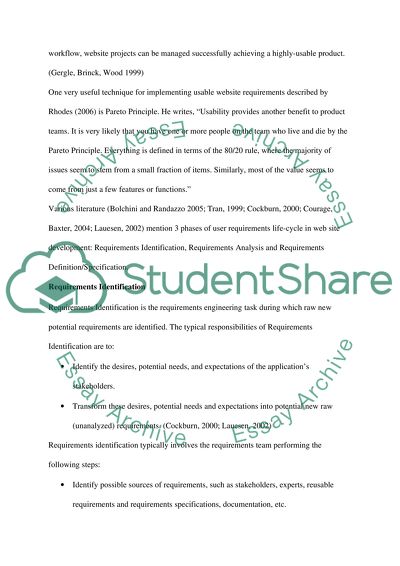Cite this document
(“Web Sites. The Web development methods Essay Example | Topics and Well Written Essays - 1250 words”, n.d.)
Retrieved from https://studentshare.org/e-commerce/1499633-web-sites-the-web-development-methods
Retrieved from https://studentshare.org/e-commerce/1499633-web-sites-the-web-development-methods
(Web Sites. The Web Development Methods Essay Example | Topics and Well Written Essays - 1250 Words)
https://studentshare.org/e-commerce/1499633-web-sites-the-web-development-methods.
https://studentshare.org/e-commerce/1499633-web-sites-the-web-development-methods.
“Web Sites. The Web Development Methods Essay Example | Topics and Well Written Essays - 1250 Words”, n.d. https://studentshare.org/e-commerce/1499633-web-sites-the-web-development-methods.


